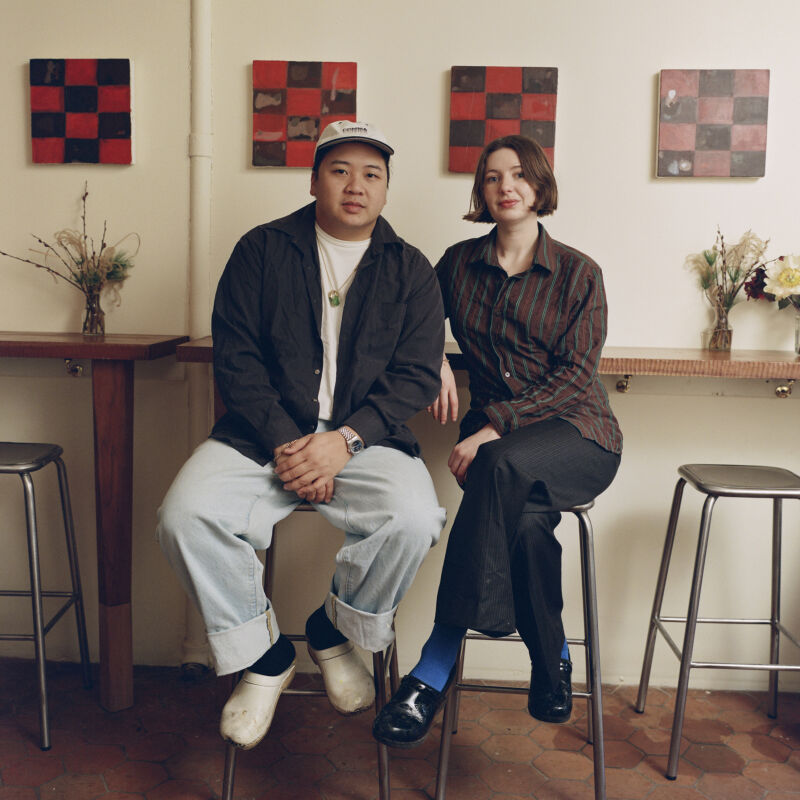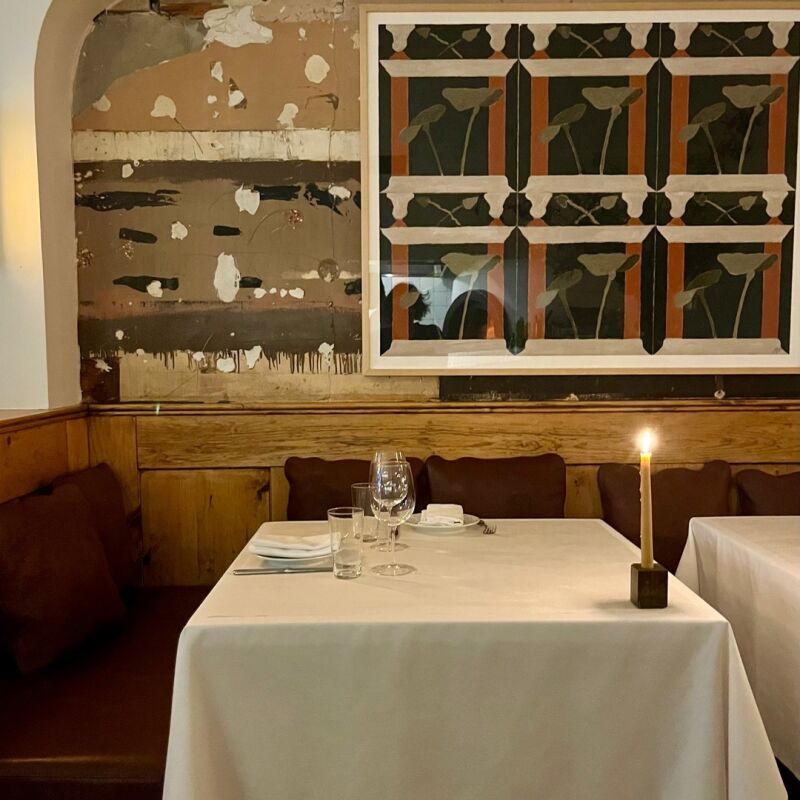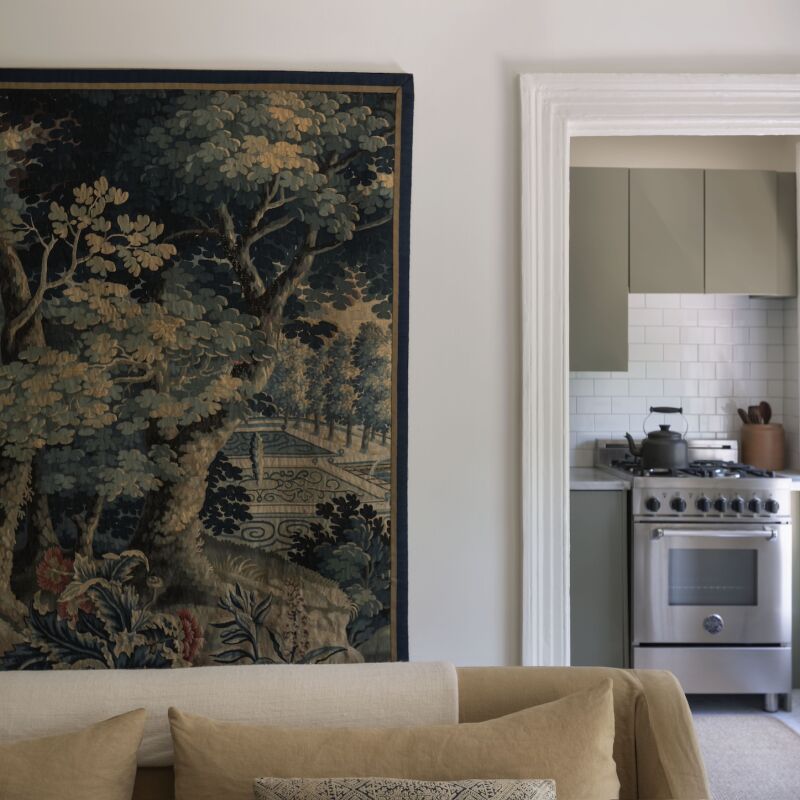My neighbors in Chelsea are both from Japan: Their loft is truly a work/live space, where they have been creating their art since the 1970s.
He is Tadaaki Kuwayama, a Minimalist artist; his work is currently showing at Chelsea's Gary Snyder Gallery and a painting of his was in the recent "Surface, Support, Process: The 1960s Monochrome in the Guggenheim Collection." She is Rakuko Naito, who does delicate works on paper and other materials—intricate cuts and folds to create patterns and shadow; she currently has a solo show at the Tayloe Piggott Gallery in Wyoming.
After meeting at Tokyo’s University of the Arts, they married and headed for New York in 1958. Their circle has included artists who emerged to define Minimalism during the 60s—Donald Judd, Dan Flavin, and Frank Stella among them. An expansive loft has been their family home since 1976, where they’ve raised two daughters and created countless works of art. The 4,000-square-foot space flows with a seamless serenity, from Rakuko’s front studio to their living and sleeping area through to Tadaaki’s work area. The loft is unified by two striking original features: a varnished floor patched over time with white, red, and yellow pine, and a tin ceiling manufactured in Brooklyn during the 1880s.
Photography by Martha Pichey.

Above: Rakuko and Tadaaki in their Chelsea loft; this is Tadaaki's studio, located at the back of the space.

Above: An Eames rocker (an original) sits in front of an oak map chest, which holds Tadaaki’s drawings and doubles as a room divider.

Above: The walking stick is from Switzerland, and the small white parasol was a gift to Rakuko from her sister when they left Japan.

Above: A cast-iron column centers Rakuko’s sunny studio at the front of the loft. The co-op building started life as a stable in the 1880s.

Above: Mies van der Rohe metal-and-rattan armchairs are paired with a prototype table designed by Norman Foster.

Above: Rakuko uses brushes to wax the surface of a piece of paper, or to paint a frame white.

Above: A detail of an untitled work by Rakuko. To create it, she curled sections of acid-free Japanese paper and then burnished the edges with a thin stick of incense.

Above: An untitled work by Rakuko, made from metal mesh and folded aluminum strips, hangs above Le Corbusier armchairs in her studio.

Above: Tadaaki’s desk light is from German architectural lighting company ERCO.

Above: Tadaaki consults a Japanese sample chart to get the right color for his titanium pieces. The number beside each color is the number of seconds it takes to obtain that color after it's dipped in acid with an electric current.

Above: Tadaaki’s Bakelite wall pieces and anodized aluminum cylinders are perfect examples of his lifelong adherence to Minimalism.




Have a Question or Comment About This Post?
Join the conversation (0)